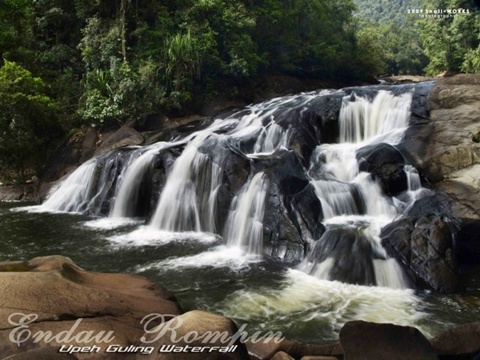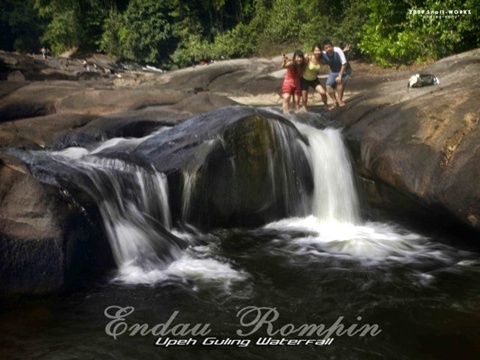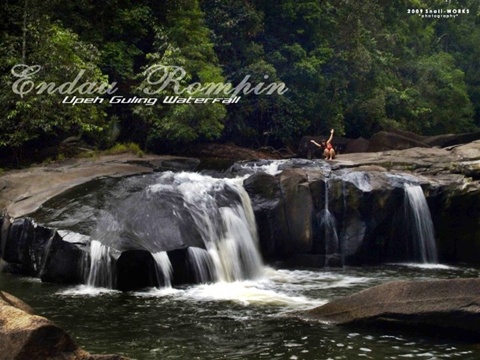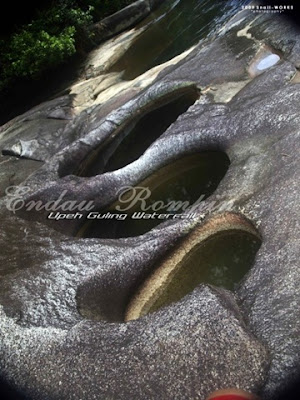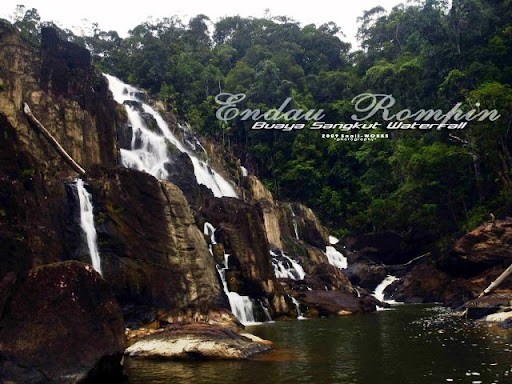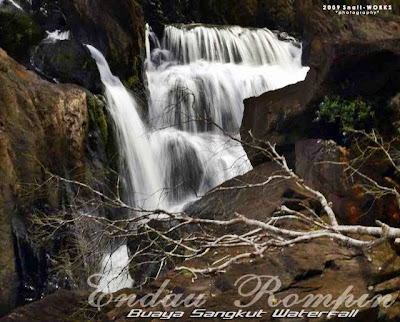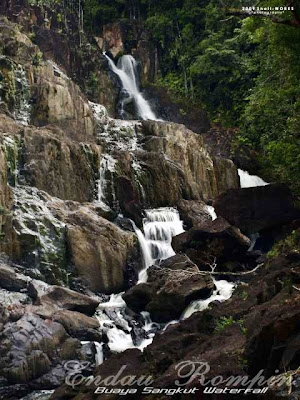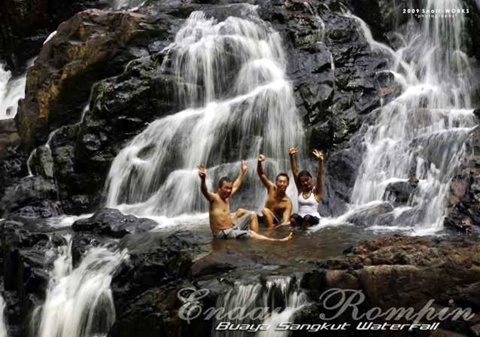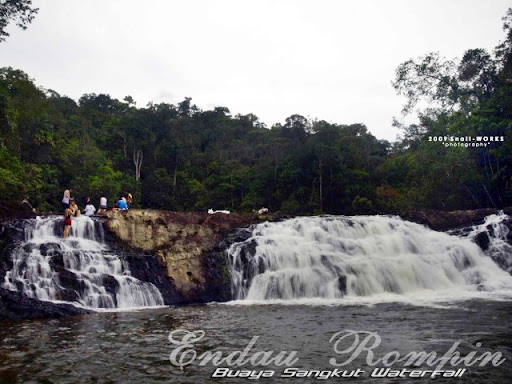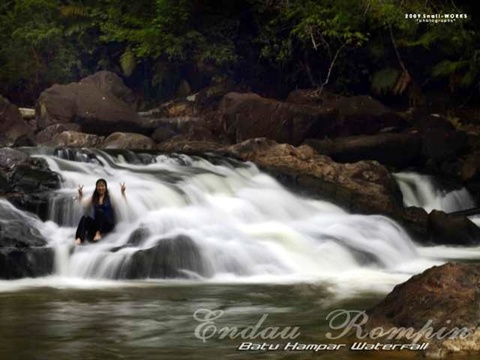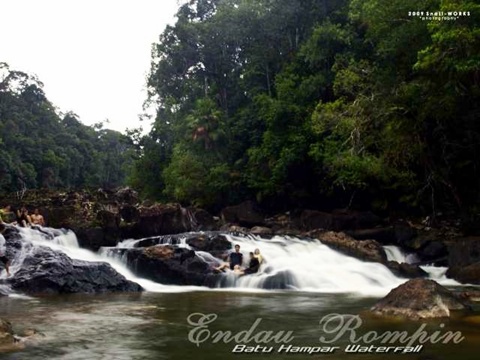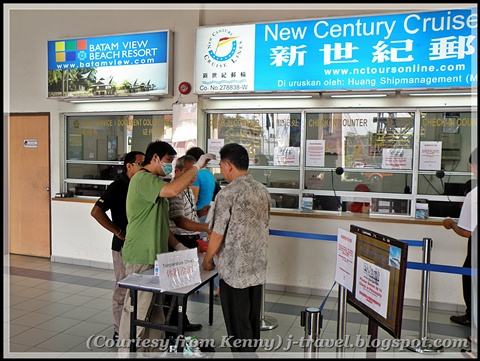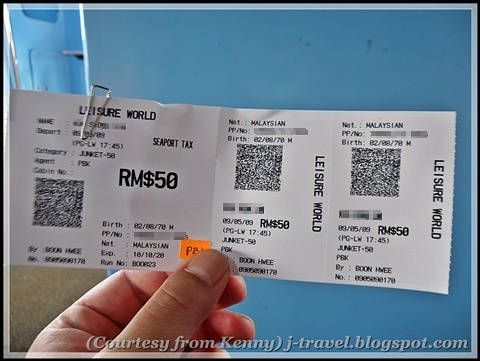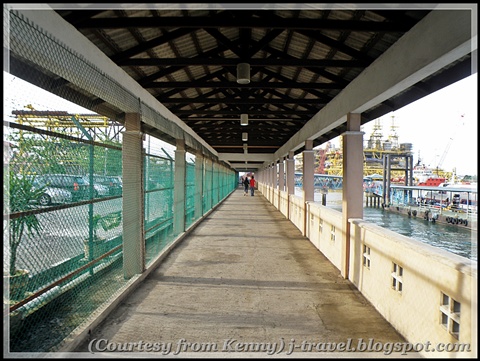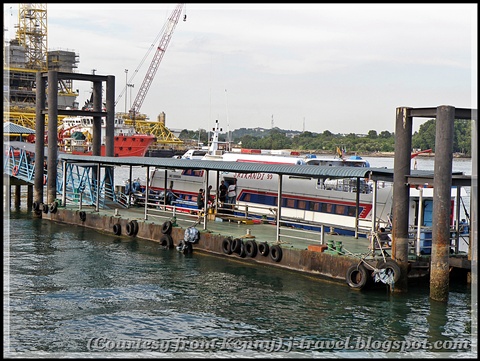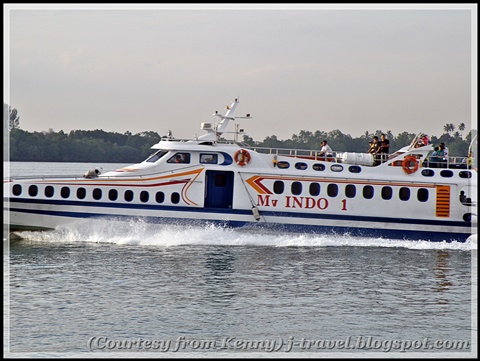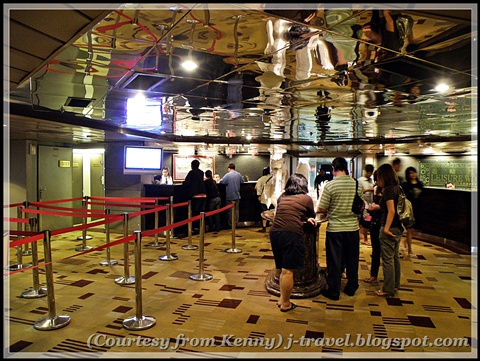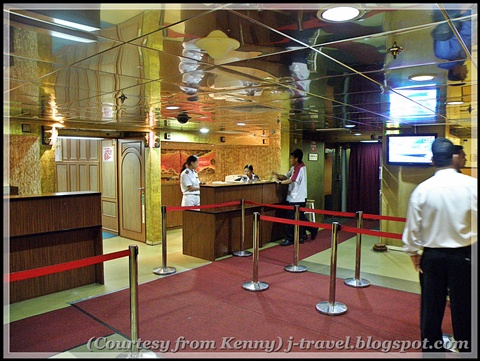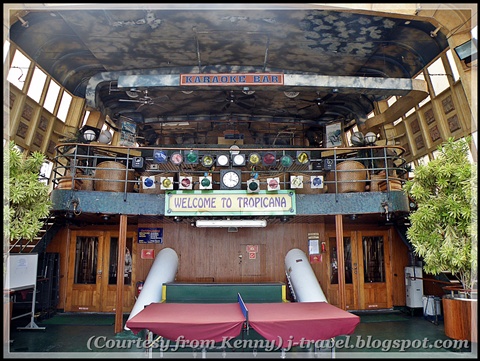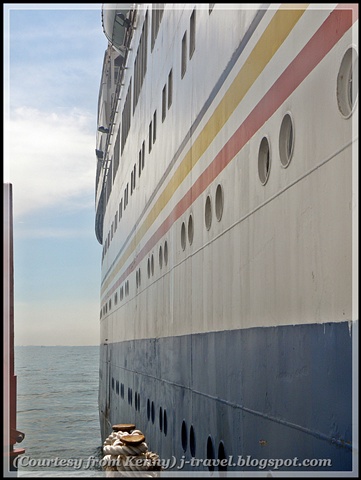By Ruth Ellen Gruber
I just found out today about what could have been an interesting conference on Jewish heritage that took place this past week in Bucharest. I'm posting it in the "it's frustrating, but better to know about it late than never" category. This category, alas, is a big one! So many initiatives take place on an individual level that it is often hard (or impossible) to keep track.
The program as a whole looked terrific. Many of the topics were of particular interest to me because of my own research and writing -- and my own interest in regarding Jewish heritage as part and parcel of national, regional and European heritage -- and also because of my new "(Candle)sticks on Stone" project centering on the respresentation of women on Jewish tombstones, particularly on the richly carved stones in the Jewish cemeteries of Radauti and other towns in northern Romania.
Annual International Conference on JEWISH HERITAGE
PART OF THE WORLD AND NATIONAL HERITAGE
Bucharest, May 28-29, 2009
The University of Bucharest and the Goldstein Goren Center for Hebrew Studies
invite you to the annual international conference on Jewish Heritage Part
of the World and National Heritage.
Prominent scholars from Romania and abroad (Israel, France, Hungary, Turkey) will
lecture and debate on the Jewish intellectual heritage - its influence on local
and world culture and the current state of rehabilitation, restoration and
conservation options; a special panel will be dedicated to the Jewish monuments
of worship, synagogues and their art.
The event is open to the public and will take place on May 28-29, 2009, at the
Faculty of Letters, University of Bucharest (5-7 Edgar Quinet St., room 120 and
Council Hall).
On the occasion of the conference, the photo-documentary exhibition "Colors of
Time: The Synagogues of Moldova", belonging to the Romanian Cultural Institute
in Tel Aviv, will be on display.
The photographs presented in the exhibition are the work of Teodor Rafileanu, a
journalist and a photographer. These photographs were taken in the spring of 2007,
during the trip for the research of synagogues in Romanian Moldova, in which he
accompanied Dr. Ilia Rodov, lecturer at the Department of Jewish Art, Bar-Ilan
University. This tour was part of a research project supported by the Romanian
Cultural Institute in Israel.
----JEWISH HERITAGE –
PART OF THE WORLD AND NATIONAL HERITAGE
Bucharest, May 28-29, 2009Partners: Academia Romana – Institutul de Istorie a Religiilor
Federatia Comunitatilor Evreiesti din Romania – Centrul pentru Studierea Istoriei Evreilor din Romania
Institutul Cultural Român – Tel AvivThursday, May 28, 2009
Opening, Council Hall
Chair: Andrei Oisteanu, Institutul de Istorie a Religiilor, Academia Romana – Romania9.30 – 9.45
Welcome address by Prof. Dr. Liviu Papadima, Dean, Faculty of Letters/ Director, The
Goldstein Goren Center for Hebrew Studies, University of Bucharest9.45 – 10.00
Welcome address by Traian Basescu, President of Romania, delivered by Dr. Bogdan Tataru-Cazaban, State Counselor for Culture and Religious Affairs10.00 – 10.15
Welcome address by Prof. Dr. Aurel Vainer, President of the Federation of Jewish Communities in Romania10.15 – 10.30 Coffee break
Morning Session, Council Hall
Jewish intellectual heritage and its influence on local and world culture
Chair: Felicia Waldman, Goldstein Goren Center, University of Bucharest – Romania10.30 – 10.50
“Patrimoniul cultural evreiesc – document istoric prea putin uzitat”
Liviu Rotman, SNSPA; Centrul pentru Studierea Istoriei Evreilor din Romania, FCER – Romania10.50 – 11.10
“ ‘In Nehardea There Are No Heretics’ – The Purported Jewish Interaction with Christianity in Sasanian Babylonia”
Barak Cohen, Bar Ilan University – Israel11.10– 11.30
“From Monologue to Dialogue: the Varying Relationships of Jewish Thinkers to European Intellectual Culture”
Raphael Shuchat, Bar Ilan University – Israel11.30 – 11.50
“Jews and Central Europe – A Double Legacy”
Raphael Vago, Tel Aviv University – Israel11.50 – 12.10
Discussions12.10– 14.15 Lunch break
Afternoon session, Council Hall
Jewish monuments of worship – Synagogues and their art
Chair: Mariuca Stanciu, Goldstein Goren Center, University of Bucharest – Romania14.15 – 14.35
“Ars brevis, vita longa: On Preservation of Modern Synagogue Art”
Ilia Rodov, Dept. of Jewish Art, Bar Ilan University – Israel14.35 – 14.55
“Tradition and Innovation in the Romanian Synagogues – Structure and Decoration”
Ariella Amar, Center for Jewish Art, Hebrew University of Jerusalem – Israel14.55 – 15.15
“The Great Synagogue of Budapest”
Rudolf Klein, St. Stephen University, Budapest – Hungary15.15 – 15.35
“The Mural Painting of Romanian Synagogues – a surprising documentary source”
Mariuca Stanciu, Goldstein Goren Center, University of Bucharest – Romania15.35 – 15.55
“Sinagogile din Bucuresti – perspective arhitecturala”
Alina Popescu, Goldstein Goren Center, University of Bucharest – Romania15.55 – 16.15
DiscussionsFriday, May 29, 2009
Morning session, Council Hall
The Jewish Cultural Heritage – A Multifaceted Approach
Chair: Liviu Rotman, SNSPA; Centrul pentru Studierea Istoriei Evreilor din Romania, FCER – Romania9.30 – 9.50
“The transformed Jewish Heritage of Târgu Neamţ – Romania”
Felicia Waldman, Goldstein Goren Center, University of Bucharest – Romania9.50 – 10.10
“Patrimoniul iudaic din Romania – reabilitare, restaurare si optiuni de conservare”
Rudy Marcovici & Lucia Apostol, Federatia Comunitatilor Evreiesti din Romania10.10 – 10.30
“Reportajul interbelic prin textele lui F. Brunea Fox, ilustrate de Iosif Berman ”
Anca Ciuciu, Centrul pentru Studierea Istoriei Evreilor din Romania, FCER – Romania10.30 – 10.50
“Evolutia artei funerare evreiesti din Cimitirul Filantropia – Bucuresti in secolele XIX-XX”
Gabriela Vasiliu, Centrul pentru Studierea Istoriei Evreilor din Romania, FCER – Romania10.50 – 11.15
Discussions11.15 – 11.30 Coffee break
Midday Session, Council Hall
Jewish heritage lost and found
Chair: Raphael Vago, Tel Aviv University – Israel11.30 – 11.50
“Spatiul corpului si irealitatea targului”
Voichita Horea, University of Bucharest – Romania11.50 – 12.10
“The preserved Jewish Heritage of Bursa – Turkey”
Bulent Senay, Uludag University, Bursa – Turkey12.10 – 12.30
“The entirely lost Jewish heritage of Ştefăneşti – Romania”
Laurenţiu Ursu, Al. I. Cuza University, Iaşi – Romania12.30 – 12.45
Discussions12.45 – 14.45 Lunch break
Afternoon session, Council Hall
Jewish heritage lost and found (continued)
Chair: Carol Iancu, Paul Valery University Montpellier III – France14.45– 15.05
“The lost and found Jewish heritage of Montpellier – France”
Michael Iancu, Moses Maimonides Institute, Montpellier – France15.05-15.25
“Patrimoniul evreiesc din sudul Franţei – exemplul sinagogilor din Carpentras si Cavaillon”
Carol Iancu, Paul Valery University Montpellier III – France15.25 – 15.45
“Intre exclusivism şi inclusivism: CazulRonetti Roman”
Michael Shafir, Babes Bolyai University, Cluj – Romania15.45 – 16.05
“Romancero sau Istoria unei comori de suflet”
Cristina Toma, Societatea Română de Radiodifuziune – Romania16.05 – 16.25
“Leaving the Jewish heritage behind: Wartime Jewish emigration from Romania”
Mihai Chioveanu, Goldstein Goren Center, University of Bucharest – Romania16.25 – 16.45
Discussions





